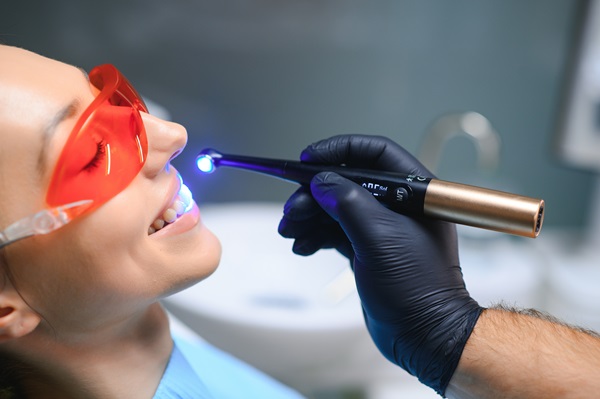Can Soft Tissue and Bone Heal After Gum Disease Issues?

In most cases, the damage caused by gum disease can be stopped and even reversed with a strong oral hygiene routine, strict management and a change in lifestyle. Unfortunately, however, the more advanced form of gum disease known as periodontitis can destroy the gum tissue and the bone surrounding the tooth root and may not respond to typical treatment measures. When this happens, patients often wonder is there hope for restoration, or must they live with the consequences of periodontitis for the rest of their lives?
The symptoms of periodontitis
Periodontitis is an advanced form of gum disease that can damage the soft tissue and destroy the bone that supports the teeth. If left untreated, the infection can result in tooth loss and other health problems. Periodontitis is largely preventable, and most people can reduce the risk of developing it by maintaining good oral hygiene habits and avoiding damaging ones, such as smoking and excessive alcohol consumption. However, once periodontitis has developed, it can run rampant and result in the following symptoms:
- Puffy or swollen gums
- Gums that feel tender to the touch or that bleed easily
- Bright red, purplish or dusky red gums
- Bad breath
- Pus between the gums and teeth
- Painful chewing
- Loose or lost teeth
- Receding gums
Once advanced gum disease has developed, treatment is necessary to prevent more severe outcomes, such as bone and tissue loss.
Regenerating bone and tissue after gum disease
Typically, patients and dentists can work together to treat gum disease with robust cleanings, strict oral hygiene habits, antibiotics and thorough management. However, for patients for whom periodontitis has already resulted in loss of bone density and tissue, more invasive procedures may be necessary.
Soft tissue grafts
A receding gum line is a sign of soft tissue loss. When a patient has a receding gum line, the dentist may need to reinforce the damaged tissue with tissue from the roof of the patient’s mouth or another donor source. Soft tissue grafting can help to cover the exposed tooth root, reduce further recession and improve the overall appearance of the patient’s smile.
Guided tissue regeneration
This procedure can treat a loss of bone density. Guided tissue regeneration involves placing a small piece of biocompatible fabric between the tooth and existing bone to prevent unwanted tissue from invading the area. This effectively allows the regrowth of the bone that was destroyed by the bacteria.
Bone grafting
When periodontitis has destroyed the bone surrounding the tooth root, the dentist may need to use small pieces of the patient’s own bone, donated bone or synthetic bone to hold the tooth in place. A bone graft may also help to encourage the regrowth of natural bone.
Tissue-stimulating proteins
A newer and less invasive way to regrow bone and tissue lost to bacteria involves applying a gel directly to the tooth root. The gel contains the same proteins that naturally occur in developing tooth enamel and stimulates the growth of healthy tissue and bone.
Conclusion
Tissue and bone loss due to gum disease does not have to be permanent. Through grafting, guided tissue regeneration and tissue stimulating proteins, a patient can enjoy a healthy and whole smile once more.
Request an appointment here: https://www.alluredentalchicago.com or call Allure Dental at (312) 248-7517 for an appointment in our Chicago office.
Check out what others are saying about our services on Yelp: Read our Yelp reviews.
Recent Posts
The CDC states that gum disease, also known as periodontal disease, is one of the leading oral infections in the United States. In addition, the National Institute of Health cites it as the most common culprit for adults losing teeth. Because the early stages of periodontal disease often do not have noticeable symptoms, many patients…
Gum disease is a serious condition that can result in a need for periodontal treatment. Treatment is needed in order to destroy the infection and prevent it from getting worse. Oftentimes, without treatment, a case of gum disease can become advanced, which can result in tooth loss, receding gums, and even jaw deterioration, all of…
Avoiding gum disease at all costs is essential, as once someone is diagnosed with this dental-related disease, it means that they are in need of additional dental treatment to restore their good oral health. Even though gingivitis is the mildest form of gum disease, it can still cause harm to one’s overall good oral health.Thinking…
There are different stages of gum disease, with each stage being based on the severity of the infection. Because there are different stages of gum disease, it can be difficult to differentiate between each one. When trying to determine what stage the infection is at, it is best to begin with a visit with a…


